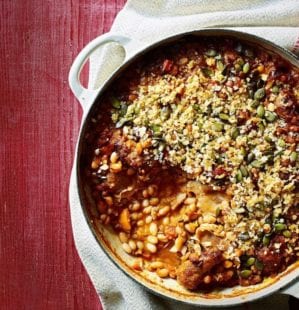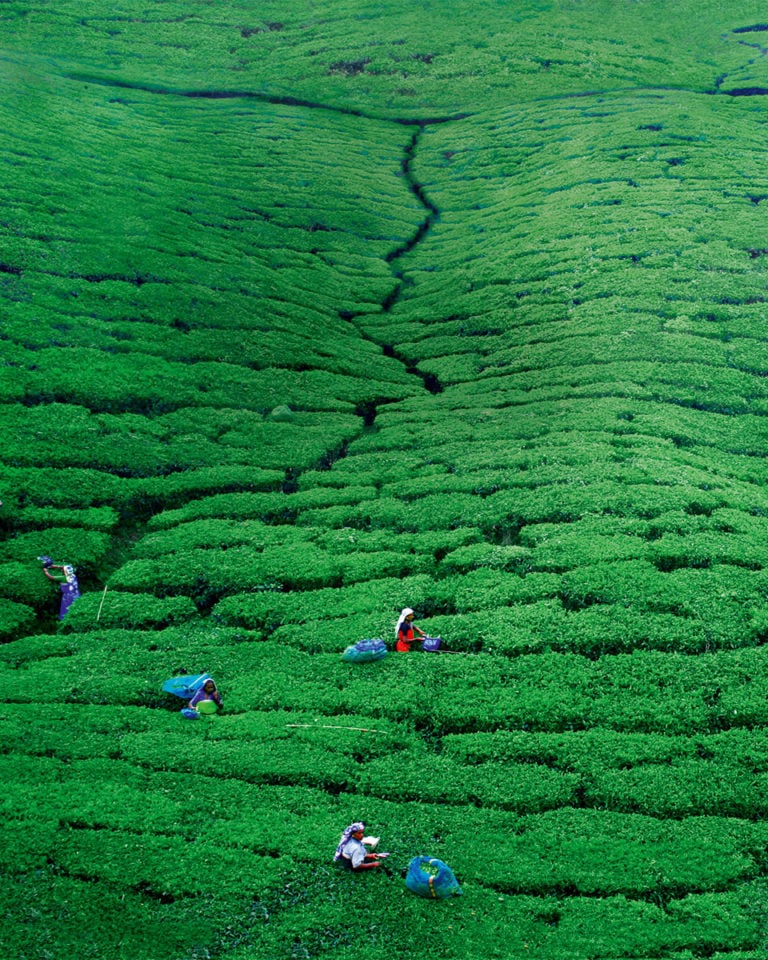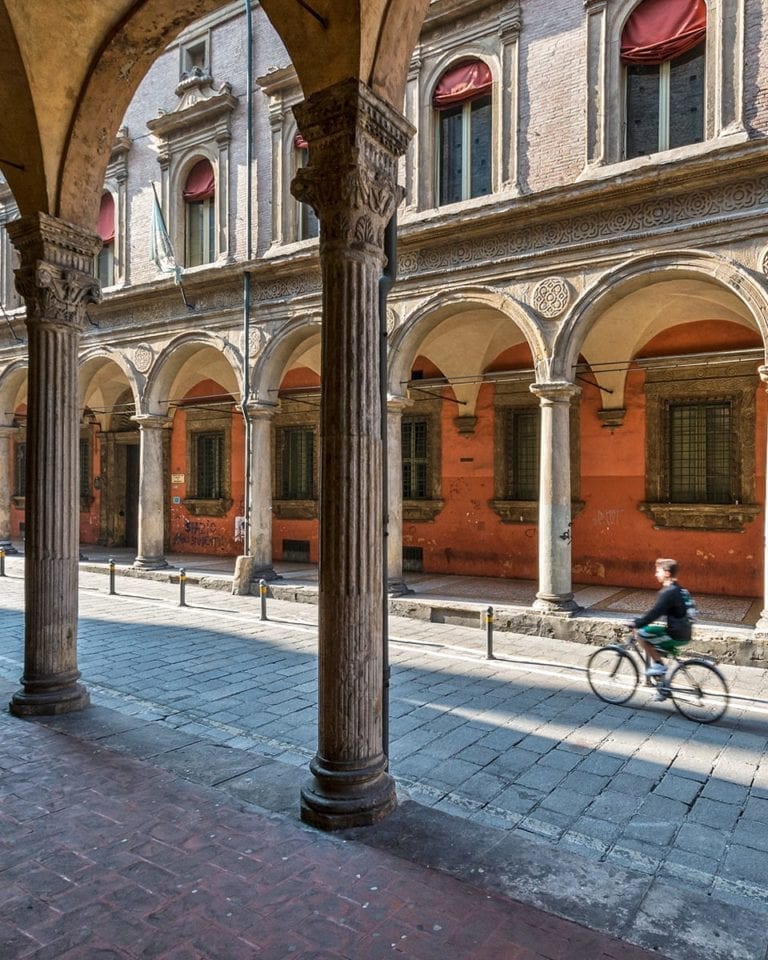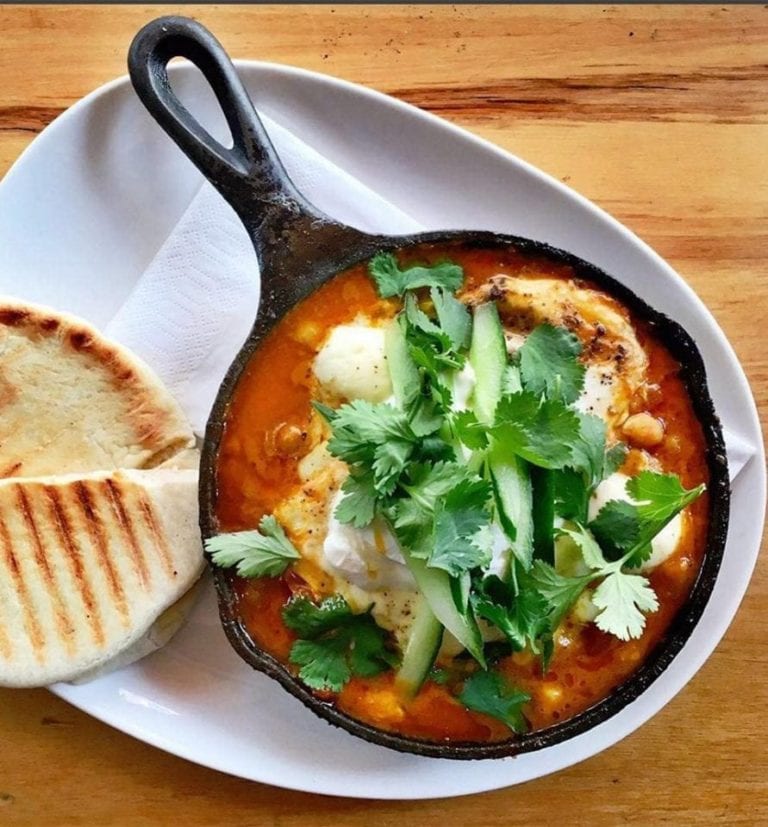Where to eat in Toulouse, France
It’s easy to see why so many people visit, and settle down in, Toulouse every year. Its pink-tiled buildings, open-spaced squares and stunning private mansions possess a romantic charm that will have you falling head over heels for the eponymous Pink City (‘La Ville Rose’). Not to mention the sunny southern climate, welcoming locals and strong Spanish influence that seems to pervade the streets with a sense of laid-back lucidity – as if everyone is ‘holidaying’ all year round.
And then there’s the food: the famous cassoulet, the chocolatines and the lively market scene. So, armed with a hungry mind and stomach, I took a trip to Toulouse in March to discover as much as I could…
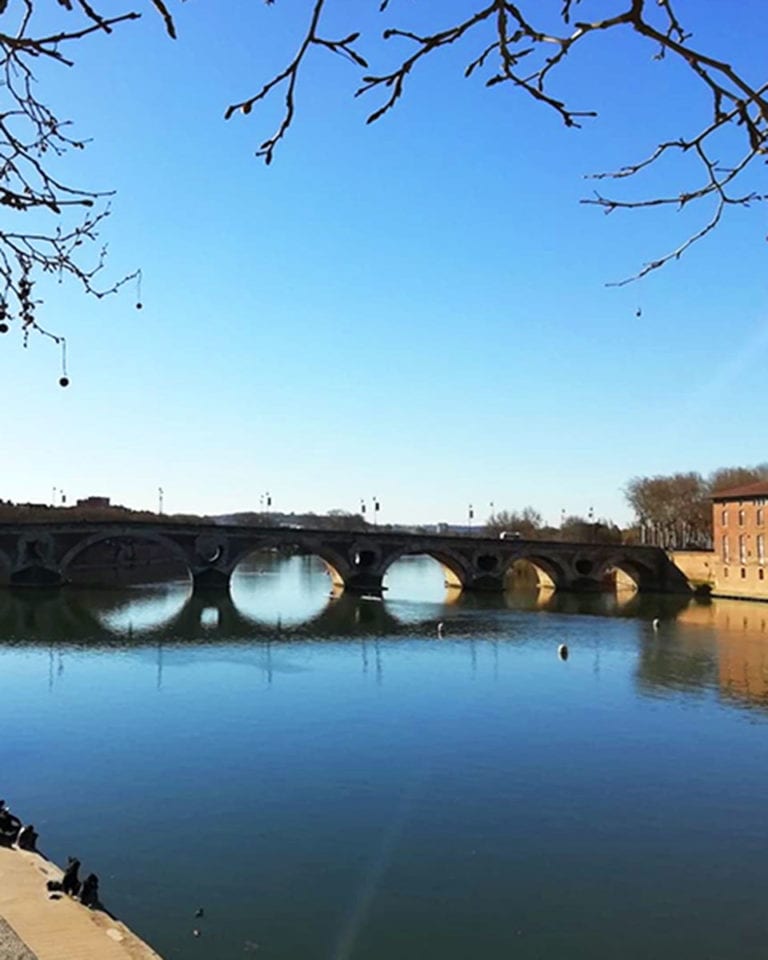
How to get there
There’s a non-stop flight from London to Toulouse Blagnac airport, which takes less than two hours. The journey to the city centre takes 20-40 minutes via taxi or bus, depending on the traffic.
Where to stay
Overlooking the Pont de Neuf on the river Garonne, the Hotel des Beaux Arts makes a grand choice for its central location and characterful interior. The reception alone dons a scene of wacky sculptures, Art-Deco furniture and larger-than-life artwork – enough to fool any unassuming traveller into thinking they’d stumbled into one of the city’s many galleries!
The hotel’s 18 rooms are decorated in a similarly unique style, from photography to paintings to graffiti, and come equipped with a flat-screen TV, coffee machine, chic ensuite bathroom and queen-sized bed. I was sold from the moment I’d stepped into that colourful reception and sold again after trying the breakfast the next morning. It’s a buffet-style situation offering cereal, fruit, hams, cheese, fresh pastries, bread and coffee a-plenty.
Food glorious food
My culinary journey began at the hotel’s very own restaurant, although you certainly don’t have to stay there to indulge in the food. Step back in time with its old-school 20s style and settle in for a taste of classic French cuisine.
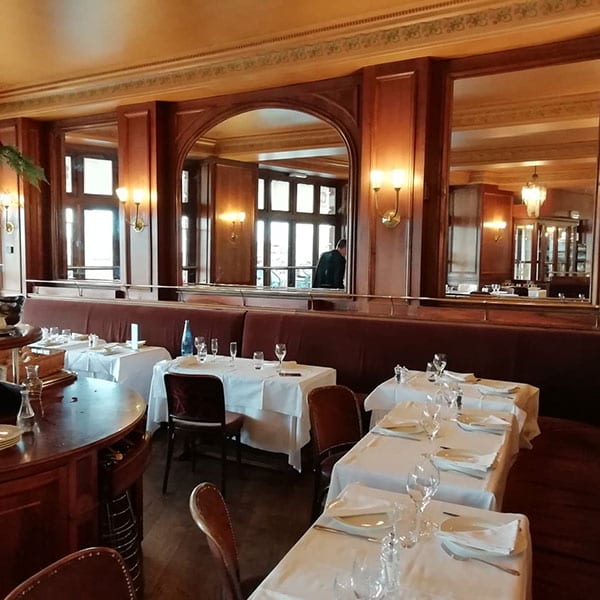
First things first: the food in Toulouse is rich. If the thought of mussels drenched in garlic butter, cream-coated risotto rice topped with thick parmesan shards, giant terracotta dishes filled with vanilla-spiked crème brulée and wobbly fondants that melt into a sea of hot chocolate doesn’t sound like your cup of tea, then Toulouse is not the foodie destination for you. Such was the case at Brasserie Les Beaux Arts. You’ll find waiters casually concocting crêpes suzette in the middle of the restaurant, as ‘naturellement’ as you or I consider reheating last night’s dinner.
For Michelin fare, head to Restaurant Le Cénacle. The dining room centres around a giant stone-made fireplace which adds to the restaurant’s grandeur. However, the atmosphere and interior feel refreshingly unfussy here, leaving room for the food to really do the talking.
There was mushroom ravioli with a goat’s cheese emulsion for starters, three soft scallops swimming in a light lobster foam for main and Guinness-infused chocolate mousse for dessert. Remarkably simple yet utterly sublime-tasting, it’s delectably rich food that you don’t want to stop eating.
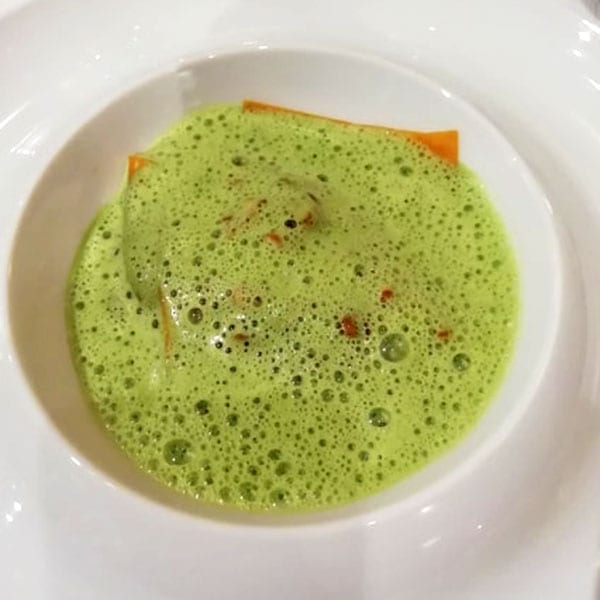
Much of the city’s Spanish influence can be seen in the way people dine in Toulouse, i.e. into the night. No°5 is a fun, cosy and highly acclaimed wine bar (twice voted best wine bar in Europe) boasting over 2000 bottles and a budget to suit everyone. They also offer tapas dishes with a modern spin; think volcanic (black) butter, charcoal cones filled with yuzu marmalade, monkfish with cardamom and coconut and cauliflower ice cream.
The famous cassoulet
There’s one thing you do not do in Toulouse and that’s visit the city without trying its famous cassoulet. Toulousain chefs dispute the so-called ‘correct’ way to make a cassoulet – some add tomato, some don’t – but if you get a really good one, you’re in for a real treat.
Before sitting down for lunch at Restaurant Emilie, just off Place Saint-Georges, the head chef took us through a step-by-step explanation of how the dish of the region is made.
Disclaimer: it’s NOT a dish for vegetarians. My arteries were silently squealing as I listened to the lengthy list of cholesterol-inducing ingredients, including lard, pig’s foot, duck leg and pork fat. The star of the show is the sauscisse de Toulouse, a course and surprisingly lean French sausage made from venison. After various stages of soaking, slow-cooking and one final burn-off in the oven, the cassoulet is ready to eat nine hours later. It’s an extensive process (start making it the day before you want to eat it) but one that clearly holds a special place in the heart of the people of Toulouse.
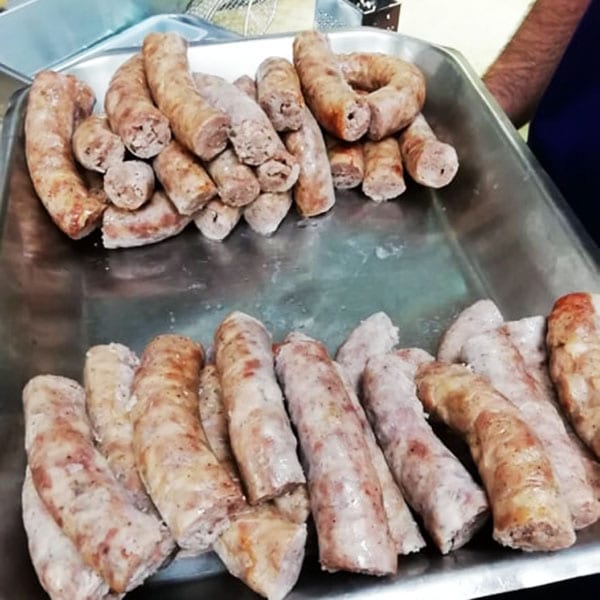
Our ‘cassoulet’ lesson ended with a glorious three-course meal featuring the meaty dish of the moment. It tasted as I expected: robust, artery-lining and utterly delicious. My starter consisted of lobster ravioli in a creamy lobster sauce and dessert was a boozy rum baba, which came studded with a syringe designed to inject the spirit into the dish – literally.
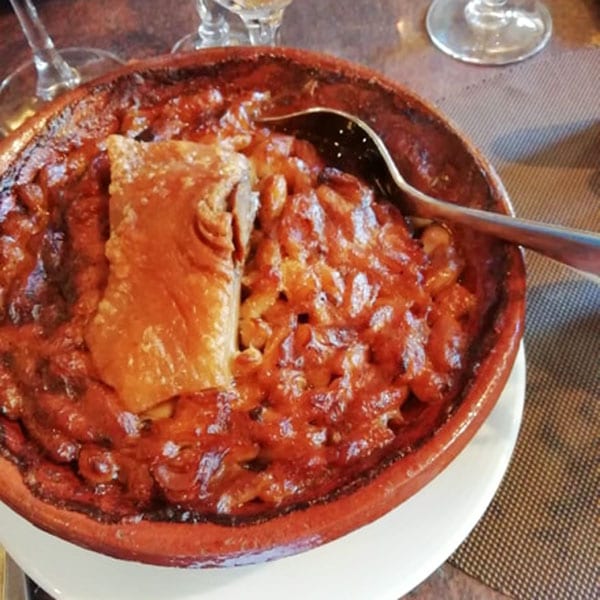
Head for the market
It was beneath the cover of the Victor Hugo market that I tasted – in every sense of the word – the true flavour of Toulouse. More than just a market, it’s a place where locals gather, talk, laugh and eat under the cover of one gastronomic-filled rooftop.
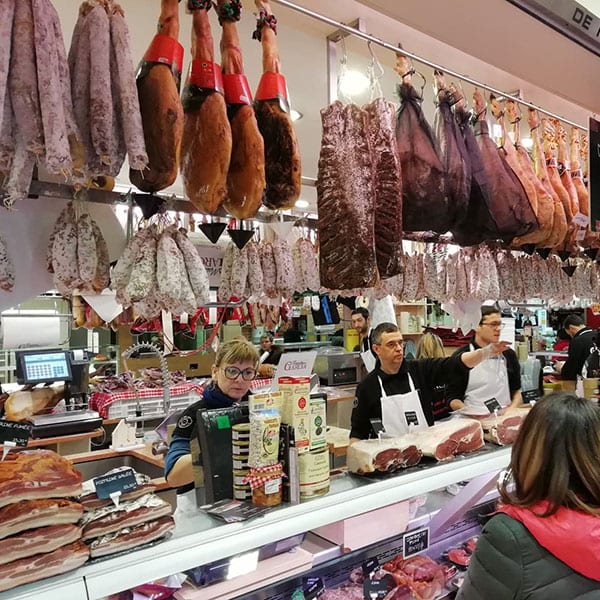
Travelling with Taste of Toulouse, our food tour began early on a Sunday morning but by 10am the market was buzzing with caffeine-fuelled chatter. Crowds of people were sipping on hot, strong coffee and milling around any surface that could be formed into some sort of table, on which to enjoy fresh bread and pastries. Maison Beauhaire is considered the best bakery in the market. We nibbled hungrily on chewy baguettes and flaky chocolatines made with real butter.
Good to know: a chocolatine is essentially a pain au chocolat, but the people of Toulouse refer to it as the former. It’s a regional nuance and something that locals feel very strongly about!
We sampled light and puffy choux buns filled with whipped violet cream at Les Choux d’Eléonore followed by buttery chocolates from the famous Criollo Chocolatier. It’s worth noting that Criollo has another boutique on the Place St Etienne that has a salon de thé where you can sit and slurp on cups of silky hot chocolate.
Good to know: you’ll notice wandering around Toulouse that violets pop up everywhere: in cakes, tea leaves, chocolate, honey, liqueur and, as we tasted, French pastries. The Toulousain violet is an emblematic flower which dates back to Napoleon and is celebrated with yearly festivals as well as in much of the cities cuisine.
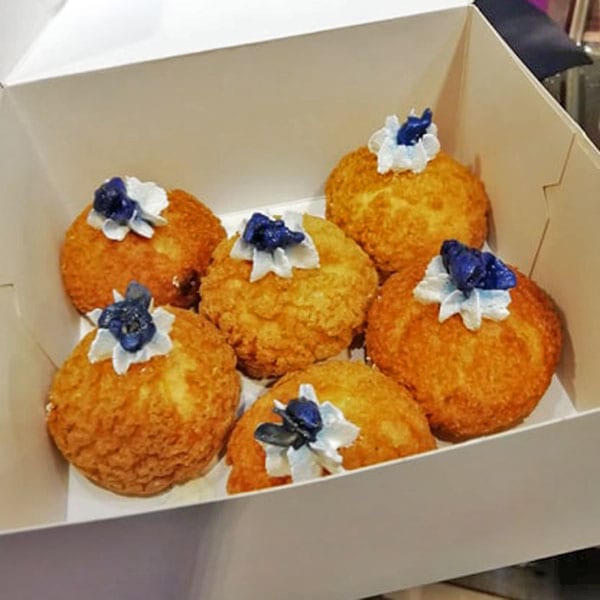
Cheeses were bought, saucisson purchased and pork rillettes tasted before we gathered for lunch at midday to enjoy the fruits of our gatherings. Comté, Roquefort, goat’s cheese, Le Pave Toulousain (a cheese from Toulouse), thick slices of salami, rillettes and a chewy, crisp baguette were all on the menu, along with wines to match each cheese.
Our guide, Jessica, talked us through the carefully thought-out pairings with infectious enthusiasm, explaining the origins of the cheeses and how they are made (Jessica used to be a cheesemonger) . At over three hours long, it’s a little lengthier than most food tours but it didn’t feel unnecessarily dragged out. It was exciting to be a part of the market’s Sunday morning ritual and I felt almost melancholy when the crowds thinned out at lunchtime as people traipsed home to spend the afternoon with their families.
Other things to do
If you’re traveling with kids, the Piste Des Géants is a relatively new cultural site that provides a fun day out for all. Children will love La Halle de la Machine which is like a French version of London’s science museum. Expect bizarre inventions, giant mechanical spiders and even a Minotaur-inspired machine. Pay a visit to L’Envol des Pioniers too to experience an exhibition which pays homage to Toulouse’s major aerospace industry.

The city is a fantastic place for a spot of retail therapy too, you could easily spend an afternoon wandering around it’s many fashion, home and boutique gift shops. Walk to the Place de Capitole in the city centre to see the Cathedrale St-Etienne or take a trip to the Musée des Augustin.
The verdict
There really is no reason not to visit Toulouse. The flight takes as long as a London commute on a bad day and there’s plenty to do and see, whether you’re looking for a weekend break or a week-long getaway. Go in September when the weather’s still warm but the streets aren’t heaving with tourists. Allow yourself to feel lazy, enjoy a glass of something sparkling as the sun goes down on one of the city’s main squares and relax – you’re on your ‘olidays.
Subscribe to our magazine
Food stories, skills and tested recipes, straight to your door... Enjoy 5 issues for just £5 with our special introductory offer.
Subscribe
Unleash your inner chef
Looking for inspiration? Receive the latest recipes with our newsletter
